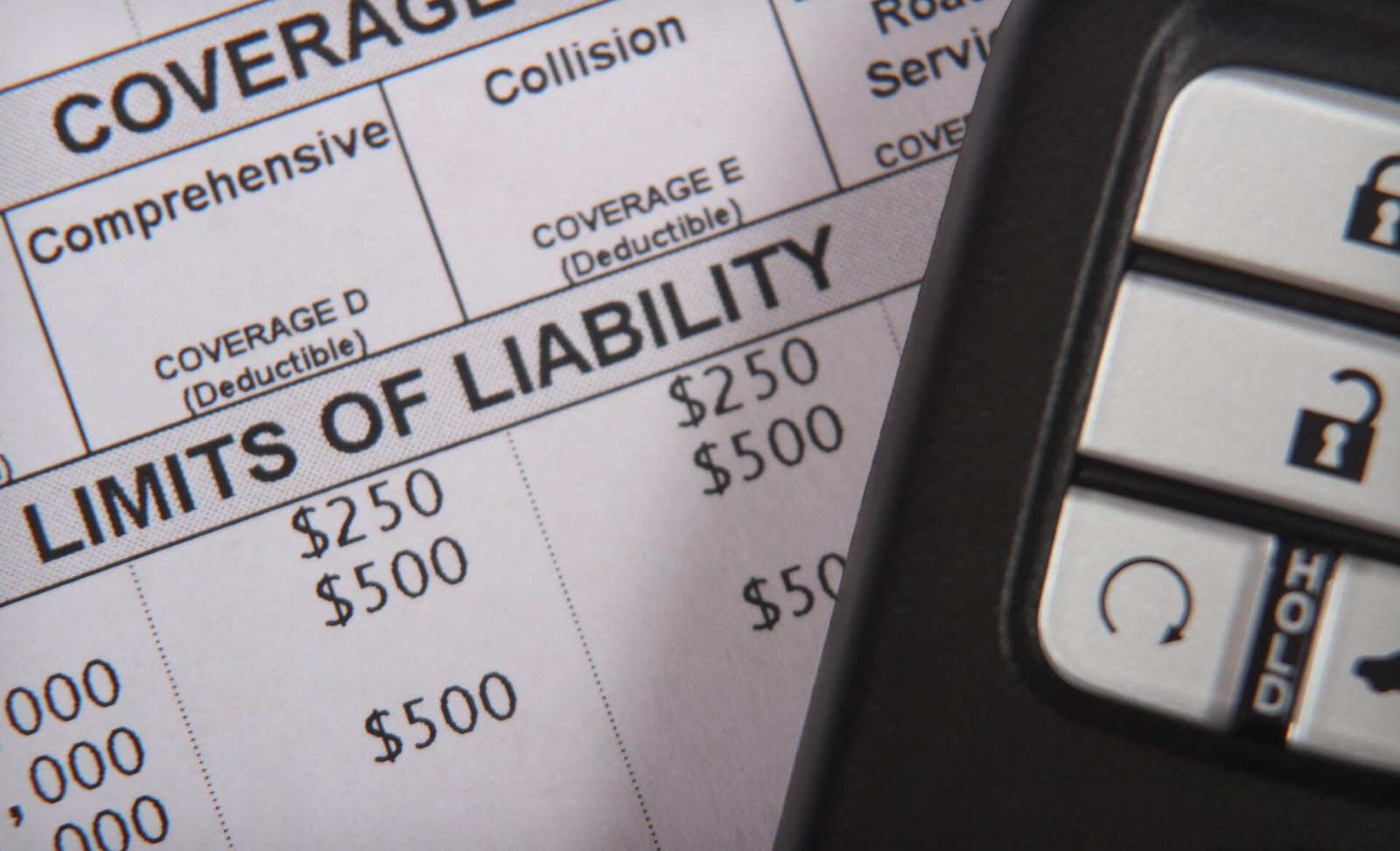The Ultimate Guide to Auto Insurance: What You Need to Know
Auto insurance is a crucial aspect of responsible car ownership, providing financial protection in case of accidents, theft, or other unforeseen events. Navigating the world of auto insurance can be complex, with various coverage options, terms, and requirements to consider. This ultimate guide will help you understand what you need to know to make informed decisions about your auto insurance.
1. Types of Auto Insurance Coverage
Understanding the different types of coverage is fundamental to selecting the right auto insurance policy. Here are the main types:
- Liability Insurance: This is often required by law and covers bodily injury and property damage you cause to others in an accident. It does not cover your own injuries or vehicle damage.
- Collision Coverage: This pays for damage to your car resulting from a collision with another vehicle or object, regardless of who is at fault.
- Comprehensive Coverage: This covers damage to your car from non-collision incidents such as theft, fire, vandalism, or natural disasters.
- Personal Injury Protection (PIP): Also known as no-fault insurance, PIP covers medical expenses and lost wages for you and your passengers, regardless of who is at fault in an accident.
- Uninsured/Underinsured Motorist Coverage: This provides protection if you’re involved in an accident with a driver who has no insurance or insufficient coverage.
2. Factors Influencing Premiums
Auto insurance premiums are influenced by various factors, including:
- Driving Record: A clean driving record with no accidents or traffic violations typically results in lower premiums.
- Age and Gender: Younger, less experienced drivers and male drivers often face higher premiums.
- Vehicle Type: The make, model, age, and safety features of your car can impact your insurance rates.
- Location: Where you live and park your car can affect premiums due to varying risks of accidents, theft, and weather-related incidents.
- Credit Score: In many states, insurers use credit scores to help determine premiums, with higher scores generally leading to lower rates.
3. Choosing the Right Deductible
The deductible is the amount you pay out-of-pocket before your insurance coverage kicks in. Choosing a higher deductible can lower your premium, but it also means you’ll pay more upfront if you need to file a claim. Assess your financial situation to determine an appropriate deductible level.
4. Discounts and Savings Opportunities
Many insurers offer discounts that can help reduce your premiums. Common discounts include:
- Safe Driver Discounts: For maintaining a clean driving record.
- Bundling Discounts: For purchasing multiple policies, such as auto and home insurance, from the same provider.
- Good Student Discounts: For young drivers who maintain good grades.
- Safety Features Discounts: For vehicles equipped with safety features like anti-lock brakes, airbags, and anti-theft devices.
5. Understanding Policy Limits
Policy limits are the maximum amounts your insurance will pay for covered losses. It’s essential to choose limits that adequately protect your financial interests. For example, if your liability coverage limit is too low, you could be personally responsible for costs exceeding your policy’s limits in the event of a severe accident.
6. Reading the Fine Print
Always read and understand your policy’s fine print, including exclusions and conditions. This helps you know what is and isn’t covered, preventing surprises during a claim. Pay close attention to details about coverage limits, deductibles, and any additional endorsements.
7. Filing a Claim
In the event of an accident or loss, knowing how to file a claim is crucial:
- Report the Incident: Contact your insurance company as soon as possible to report the accident or loss.
- Document the Damage: Take photos and gather necessary information, such as police reports and witness statements.
- Submit Required Documentation: Provide your insurer with all requested documents and information.
- Work with the Adjuster: An insurance adjuster will assess the damage and determine the payout amount.
8. Reviewing and Updating Your Policy
Regularly review your auto insurance policy to ensure it still meets your needs. Life changes, such as buying a new car, moving, or adding a teen driver, may require adjustments to your coverage.
Conclusion
Auto insurance is essential for protecting yourself, your passengers, and your vehicle. By understanding the types of coverage, factors influencing premiums, and how to choose appropriate limits and deductibles, you can make informed decisions and secure the best possible protection. Regularly reviewing and updating your policy ensures that you stay adequately covered as your circumstances change.



